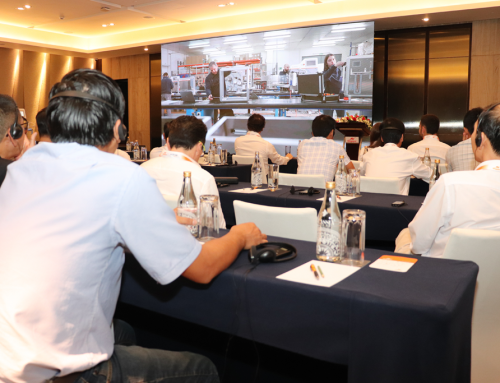Artificial insemination has revolutionized swine reproduction, making it possible to optimize production costs and meet the growing demand for pork. To ensure the success of this process, the choice of catheters is critical. Catheters must be designed to respect the sows’ physiology. The use of an inadequate catheter can have serious consequences, both in terms of reproductive effectiveness and animal health.
Types of Catheters for Traditional Artificial Insemination
In traditional artificial insemination, the catheter is introduced into the sow’s cervix, where the seminal dose is deposited. There are two main types of catheters used in this process: the foam catheter and the spiral catheter.
- Foam catheter: These catheters are designed to fit the sow’s cervix and expand inside it, which helps to avoid semen reflux, one of the main problems that can reduce the effectiveness of insemination. The amount and density of foam contained in the catheter is a crucial aspect, since it allows a better adaptation to the cervix and a reduction of reflux.
- Spiral Catheter: This type of catheter is inspired by the shape of the boar’s glans, which allows it to anchor effectively in the cervix and provide greater stimulation during the process. Spiral catheters are usually differentiated by the number of turns they have and the hardness of the material.
Key Features of a Safe and Effective Catheter
Catheters must meet a number of characteristics to be safe:
- Foam Amount: In foam catheters, the amount of foam is crucial to achieve optimal expansion in the cervix to reduce reflux. The foam must conform to the anatomy of the cervix and remain in position throughout the insemination process.
- Exit Orifice: In a larger exit orifice, a larger amount of the dose will flow faster and more reflux may occur. Traditional insemination should be performed gradually, at the rate at which the sow absorbs the dose.
- Materials of Manufacture: Catheter plastics must undergo quality controls to ensure that the final product is safe.
- Adaptation to the physiology of the sow: Each type of sow, nulliparous, multiparous or different breeds, presents differences in the anatomy of its reproductive tract. Catheters must be designed taking into account these differences to guarantee a smooth and effective insertion. At Magapor we have developed versions adapted to nulliparous and multiparous females, allowing a precise adaptation, which contributes to a more efficient and safe insemination. We have also designed one specially adapted to the physiology of the Iberian sow.




